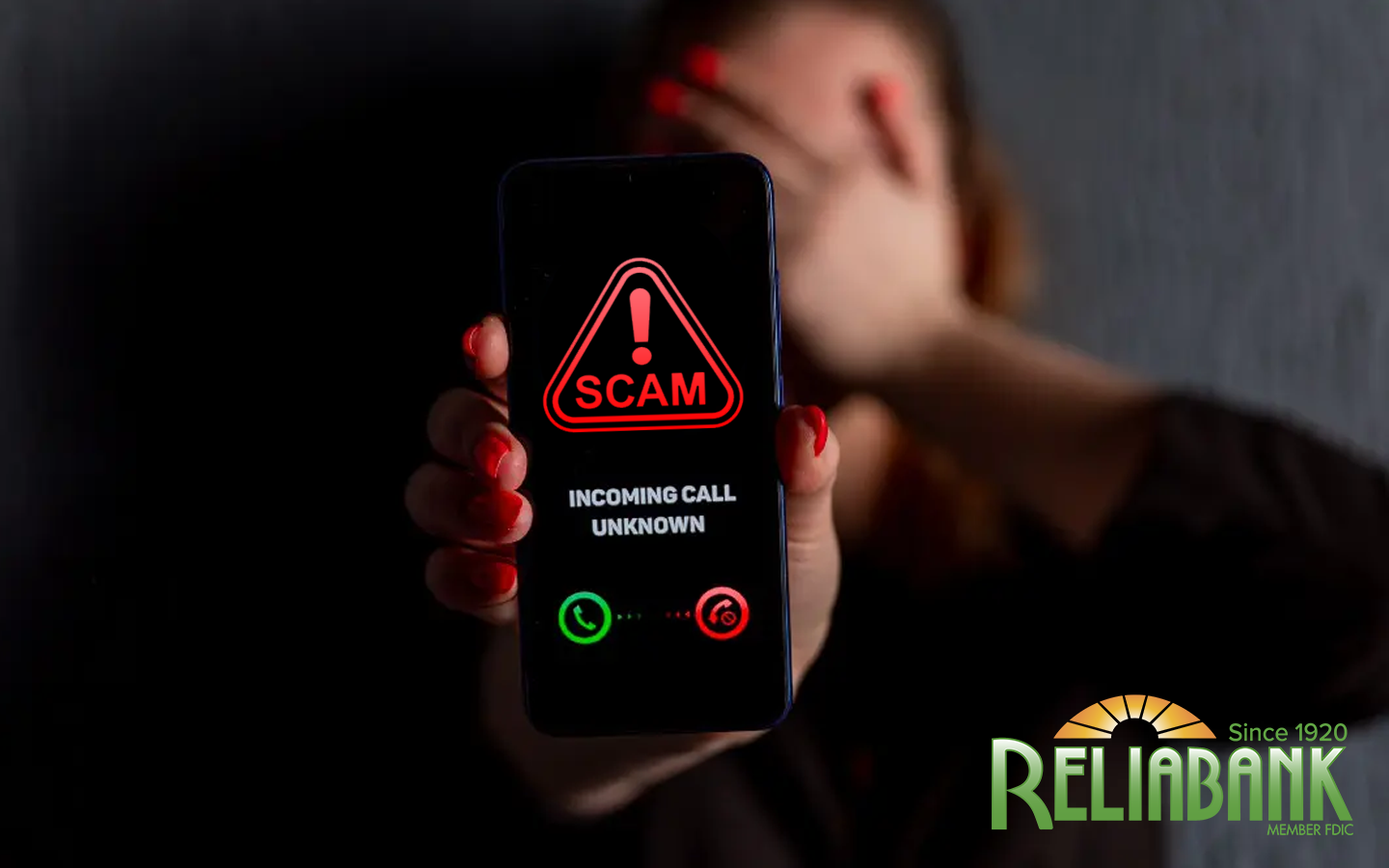With the rise of scams and fraudulent activity reported across the nation, South Dakota’s banks and their customers have become the latest target. Disturbingly, several community banks have reported that their customers and even non-customers have received text messages from supposed “banks” or lenders. This alarming development highlights the need to be extra cautious and vigilant when it comes to our finances. Sadly, this isn’t the only scenario. We are hearing, that in many cases, reports of scams and fraudulent activity have nearly doubled year-over-year due to recent events. An increase in scam activity, unfortunately, is and was expected after the Silicon Valley Bank (SVB) failure. Additionally, scammers are preying on parents fears now, too. We’ve also received a report from a South Dakota bank who is aware of a person who fell victim to the “grandparent” scam, except it was ramped up and targeted a parent-child relationship. The child’s phone number was spoofed, and when the parent answered, the fraudster threatened to harm the child if money was not sent. The fraudster also had a sound of a child crying in the background, adding additional stress to the situation. The parent immediately sent the money as the caller appeared to call from the child’s phone.
Below, are some resources:
• Banks Never Ask That – It includes tips for email, phone, text and mobile payment app scams.
• How to spot a fake text message:
1. You don’t recognize the sender. Anyone can act like a trusted person or company to try and steal your personal information.
2. You’re asked to review something online. Your bank will never ask you to log into your account to verify your information.
3. Do not click on any links. If you’re suspicious, call your bank.
• The practice of sending fraudulent emails purporting to be from reputable companies in order to induce individuals to reveal personal information, such as passwords and credit card numbers, or to click on links that install malware, is called phishing. Smishing has the same goal but comes in the form of a text message. The scammer entices the victim by claiming a victim must provide them with a password, account number, or even social security number to stop an alleged fraudulent transaction. Once this information is provided, the scammer can gain access to the device and any personal information stored on it, including email, bank, credit card, or other types of accounts including social media. The latest smishing scam involves an alleged delivery notification with a tracking link. The increase in online shopping and home deliveries has provided opportunities for criminals to masquerade as delivery companies. Clicking on the link will take the victim to a fake site where they will be asked to enter more details to prove identity or to pay a non-existent fee. Clicking the link could also potentially download malware on the user’s device.
• Utilize the South Dakota Consumer Protection site, https://consumer.sd.gov/. One of several helpful tools you can use there is a Company Search, where you can enter a URL web address into a search to see if it is a scam site. Go to https://consumer.sd.gov/companysearch/.
If you or a customer have been targeted or fallen victim to a scam recently, call your bank. DO NOT click links sent through a text or email—you may be further compromised. The best thing to do is open a new browser and type in your bank’s web address. If you don’t know your bank’s web address, type it into a search bar. Next, report the scam to your local law enforcement.
URGENT Protective Alert
Posted on
